
Planning applications to build new mobile phone masts in wild and scenic parts of Highland Scotland are springing up weekly, with potentially hundreds on the cards. To help keep track of it all, and make it easier for members of the public to register their comments on individual proposals, Mountaineering Scotland have produced an online map of all the projects in the planning system.
Alongside the map clearly pinpointing live planning applications, Mountaineering Scotland offer an info table on each project, with its exact location and links to the relevant planning authority to enable interested parties to easily add their comments.
Driving this development rush is the UK Government's Shared Rural Network (SRN) initiative, which seeks to establish 4G coverage across 95% of the UK's landmass by the end of 2025. This blanket target takes no account of local need, say critics, or the environmental and landscape impacts of infrastructure such as masts, tracks and diesel generators in areas with little or no built development.
"The SRN programme is about bringing mobile broadband to rural communities, which is a good thing; however where it starts to make less sense is the 95% geographical target and proposals to locate new masts in some of our most remote, wild and scenic areas" said Stuart Younie, CEO of Mountaineering Scotland.

From Fisherfield to the Cairngorms, some of Scotland's most-prized mountains are in the project's sights. One current egregious example is a planning application by telecom firm Three for a 22.5m high phone mast just 400m from Ryvoan bothy in the heart of one of the best-loved areas in the Cairngorms National Park, a proposal that has already attracted a lot of opposition. Similarly contentious plans for masts at Luibeg bridge and in Coire Mhic Nobuil between Beinn Dearg and Liathach have both been withdrawn, but may well be resubmitted. Under SRN as currently conceived, we can expect scores more proposals in similarly sensitive locations.
This map from SRN of proposed mast locations in Scotland shows that a great number of the sites are in the most remote areas of the country:
In opposition to the placement of mobile phone masts in more contentious wild locations, a 'Coalition of Concern' has been established, bringing together a diverse range of interest groups including Mountaineering Scotland, local communities, landowners and managers.
"Whilst the masts and supporting infrastructure are much smaller and less visible than a wind turbine by comparison, they still need to be serviced, powered, and will require either new access tracks or regular helicopter trips to maintain them" said Stuart Younie.
"Millions of pounds of public money are being spent to benefit very few people along with the consequential impact on some of our most beautiful landscapes.
"In the absence of community need and a clear business and economic rationale for masts in remote locations, developers are arguing that they will improve public safety. Our response is that we should be making people safer for the mountains not trying to make the mountains safer for people.
"With the development of satellite technology there are already a range of devices, and some mobile phones, that can enable communication in the event of an emergency, providing a far more cost effect solution than spending vast sums of public money on unnecessary 4G infrastructure."
Costing taxpayers half a billion pounds, at a time when public finances are stretched and the new UK Government is looking to make rational savings, SRN's 4G rollout is already outdated, say critics, since 4G is old news and satellite connectivity may render terrestrial networks redundant. The target aims to cover Britain's remaining Total Not Spots, areas with no 4G signal; however most of these are now in isolated pockets in the hills, far from habitation, businesses and the road network and thus places with little to no local need for connectivity. Meanwhile mobile and broadband connectivity in populated parts of the Highlands remains patchy and sub-standard, an issue more pressing to residents and businesses, but one that SRN's blanket landmass target conspicuously fails to address.
"The Coalition of Concern has recently written to the new Minister of State for Digital and Data Infrastructure, Chris Bryant MP, setting out our case for pausing and reviewing the "Total Not Spot" element of the SRN programme and concentrating investment instead on the less controversial and more cost effective "Partial Not Spots" which will bring the benefits of 4G to far more people" said Stuart Younie.
The SRN rollout is a collaboration between the UK Government and four big mobile phone operators, EE, O2, Three and Vodafone, and appears to be a policy drawn up in close co-operation with the industry that stands to gain from it, but far less input from the communities and user groups affected. Though planning is a devolved matter, Scottish Government has so far been rather quiet on SRN.
That it took a third party organisation to collate this information for the public arguably points to a failure of transparency in the SRN project. It also highlights weakness in Scotland's planning system, under which local authorities are now inundated with proposals for both phone masts and energy projects, and struggling to meet the workload, while communities and other stakeholders lack clear access to the overall picture of proposed developments.
See Mountaineering Scotland's SRN map here












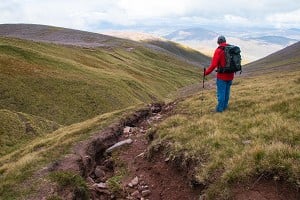









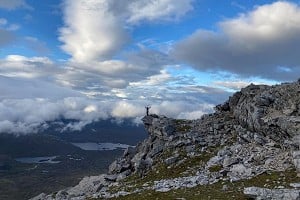

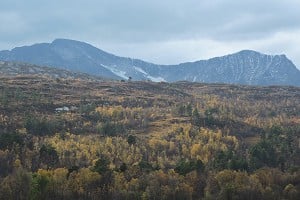

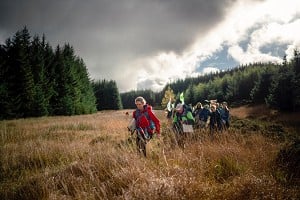



















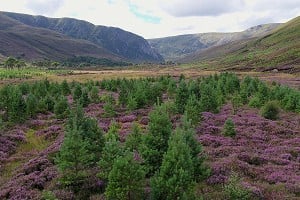





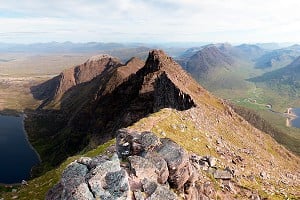

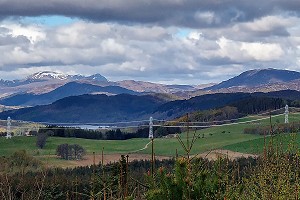
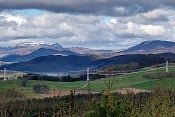




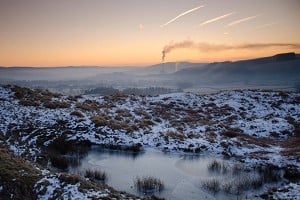

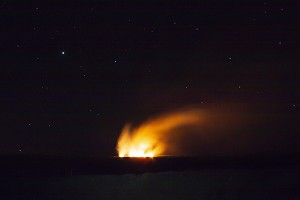
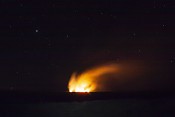



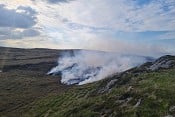
Comments